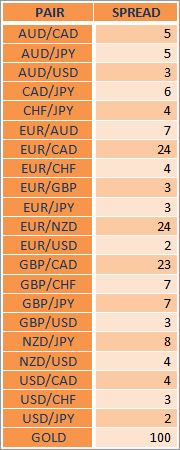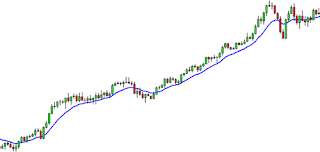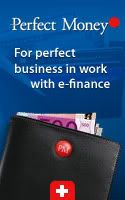Every lot your trades get 1.5 POINTS rebate
Example: You trades 1lot=you will get 1.5usd rebate, 2lot=3usd rebate , 5lot=7.5usd rebate more trades more rebate *the rebate is 150%* win/lose anyway you can get your 150% rebate.
The rebate will direct pay to your instaforex trades account .
How to get the REBATE?
First you need have a instaforex account real account, if don have you can open on instaforex websites.
After that you can registered on InstaRebate websites
Fill the InstaRebate form :
How to Open instaforex Trading a/c ?
http://instaforex.com/open_live_account.phpwill see like below picture please click the "Accept terms of agreement"
(if cannot see the picture please click the picture)

Fill the instaforex account opening form :
After that now you can registered on InstaRebate websites
Team at work
ShowFx Asia - Singapore, 2010






MALAYSIA FX EXPO 2009









About the company
InstaForex web-site and brand InstaForex belong to the InstaForex Companies Group which unites investment and financial consulting companies all over the world. The main line of InstaForex activity is providing online-trading services to customers all over the world since 2007. Today our clients are citizens of more than 50 countries most of which are countries of Europe and Asia. Every day more than 300 traders open accounts with InstaForex, investing their funds in the stock and currency markets.InstaForex is ECN-Broker, provided qualitative trading services on Forex market. Cooperation with the biggest market makers and huge Brokers-contractors complete with broad client base provide InstaForex with high liquidity and opportunity to provide really fast on-line service to its clients.
Member of InstaForex Companies Group InstaTrade Investment Company Ltd. (the Russian Federation) has licenses on Brokerage, Dealing and Capital Management issued by The Federal Financial Markets Service in November, 2008. Licenses' numbers on Brokerage, Dealing and Capital Management Services are: 077-11737-100000, 077-11739-010000, 077-11741-001000.
Nowadays more than 200000 individuals and corporate customers are InstaForex clients. Regardless of deposit size every client gets qualitative service, up-to-date technical and consulting assistance. The full spectrum of services is provided to the client immediately after account opening.
Instaforex clients get access to the leading information technologies and high-quality goods of such famous companies like MetaQuotes Software (developer of the most famous trading platform - MetaTrader 4), DowJones NewsWires (Forex and Stocks News), Reuters, e-Signal and other news agencies. An access to the wide spectrum is achieved by one trading account, opened with the company via Internet.
InstaForex Company is recognized as the best broker in Asia 2009 following the results of World Finance Award, the respectable reward in the world of financial markets, held by the World Finance Media magazine annually. One more established European magazine CNBC Business Magazine acknowledged InstaForex Company as the most dynamically developing Forex-broker in 2009. InstaForex Company was also recognized as the best Forex-broker according to the results of ShowFxWorld and ShowFxAsia exhibitions, which were held in Moscow and Kuala-Lumpur in 2009. The complete list of the company's awards you can find in the "Awards" section.
In 2008 InstaForex Company became a participant of the RAFMM, confirming its intention to be among the market leaders and provide clients with the highest level of reliability. Independent Association RAFMM unites licensed companies in Russia and is established for regulation and consideration of situations between brokers and their clients.
Employees of the company are more than 120 people all over the world. We are proud of these people being professionals, making significant contribution in success of InstaForex, which is the role model for many brokerage companies in Russia, Europe and Asia. You can evaluate the workmanship of InstaForex staff due to transparent philosophy of work, focused on needs of every single client.
InstaForex team does all the best in order every client feels high level of services and assistance. We suggest you to become a part of Forex traders community with InstaForex. Start your trading way right now
Company license(if cannot see the picture please click the picture)



FREE WELCOME BONUS:
ACCOUNT TYPE:
(if cannot see the picture please click the picture)

Why choose instaforex?




































